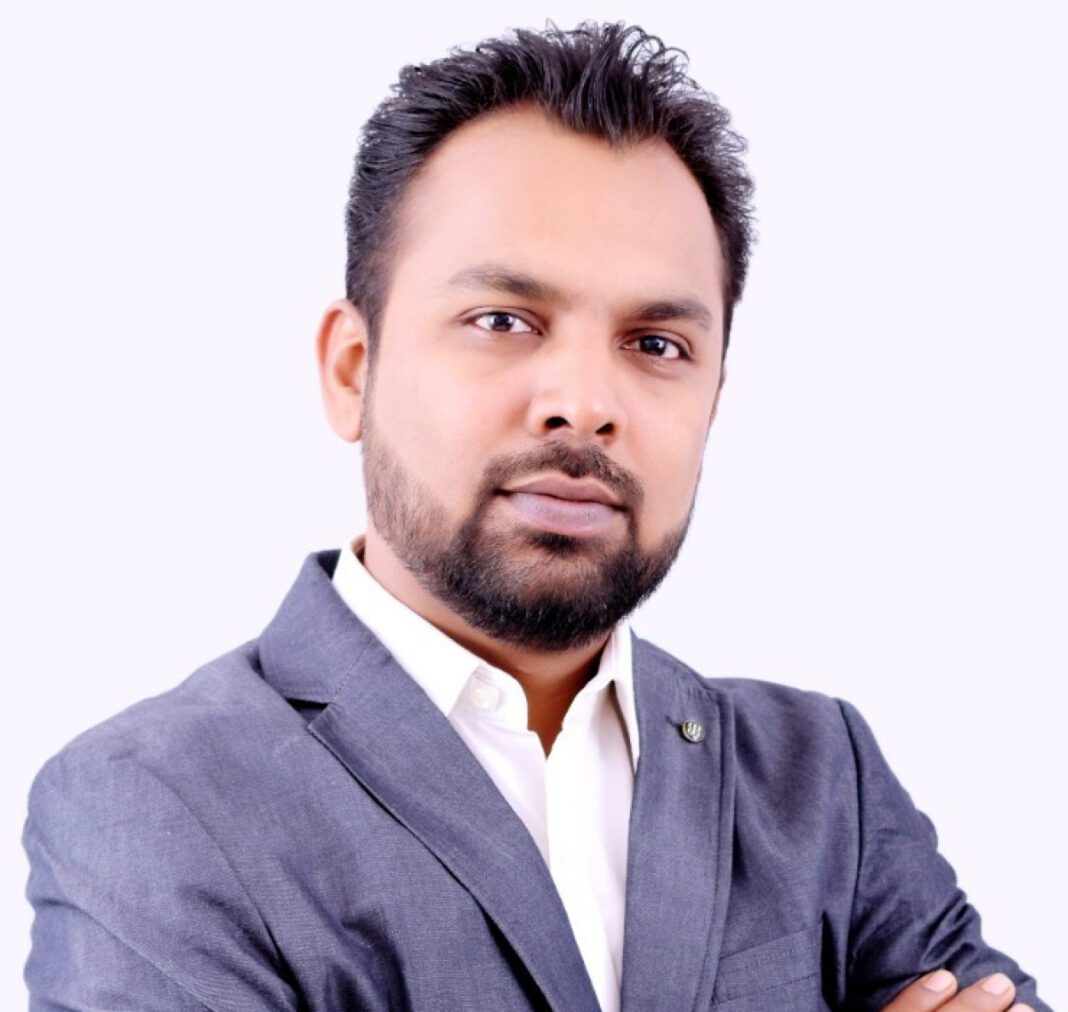Your inspiration to take up engineering as a profession…
Earlier I had chosen a different path for myself. I wanted to pursue Electrical Engineering, but then I thought why not pursue something similar to that of my family’s business? This thought led me towards opting for Civil and Structural Engineering.
By the time I was done with my degree, I grew more interested in buildings, whereas, my family business’ DNA was based on engineering, contracting and deliveries of roads, canals, and dams. The forte of the business was completely different from what my field of work was, which shifted my interest, and led me to pursue my masters in the same field.
Your learning curve from a student to a pro today…
As students, we are not exposed much to the practicality of this degree, mainly theories and problem-solving is taught, which does not help one out while working in the proper environment. So when one does start working they are clueless as to what are beams, columns, and how to design such things. I believe that is the major gap that people face.
When I first joined L&T, 6-10 months of on-campus training helped me change my thoughts and inclined me towards special structures. During that time, I was working on my thesis and was additionally trying to help the seniors in their projects for 500 m tall, 200 m tall, commercial, residential, something iconic.
Challenges you face as a structural consultant…
Currently, getting good projects and trying to get more value for them is surely a challenge as you do not get people with similar mindsets. A lot of work comes into play in order to prepare multiple presentations, to discuss and convince one on how a project can be better design-wise, economically and structurally.
Whatever comes to us on paper is to be converted on-site, so we are the ones who make it come alive. This comes as a challenge as well in our field, new-age architects, and engineers come with fresh ideas, and it does take time to get everybody on the same page.
How do you see the adoption of rolled sections…
As someone who has been a part of this industry from the last 10-12 years, I would say that rolled sections would be beneficial in future. Earlier, any engineer who wanted to work with steel structures had to look past two concerns, and one of those were fabrication drawings.
People would have to evaluate whether they are generated correctly or not, as it was time-consuming to do that process. The skill for fabrication was not so advanced and multiple options were not available for a fabricator and an erector in the past. Currently, I can get a project for 3-4 vendors to validate with technical competencies that come with technical discussion, and this is the shift I have observed over the course of 10 years.
Currently, it is well known that the cities are dense with no space to lay the foundation, and therefore, steel structures would be prominent instead of the hybrid method, steel with concrete. The only solution that would be futuristic in such cases would be to bring the structure on-site and erect it.
If you can change one thing in the construction practices of India…
Adaptation would play an important role, i.e., adopting more engineering solutions which are primarily used globally and not just use the same old methods. The steel composite has been delivered to those zones that receive high seismic waves, and high wind, whereas, our country has a moderate climate which could be beneficial for building such structures.
How has your relationship been with steel…
I have a strong liking towards working with steel over other materials, but the only challenge that comes in the way is the budget, which makes us pick concrete over steel.
Your best work in steel so far…
Throughout my career, I have worked on numerous projects, each with a unique concept. None of them were repeated. For example, the Statue of Unity project was designed on a human scale, with distinct primary, secondary, and tertiary trusses and a unique skin. Another project, the Mankind Headquarters, featured a 20 m cantilever, making it different from others. Additionally, I worked on a floating building supported by a truss, which was also a unique design.
Share details of your upcoming projects…
Many more interesting concepts are coming forward, maybe we are trying to deliver more complex structures. One hint of our upcoming projects is that there is a 20 m column and you are grabbing 35-40 m, which is approximately 120 ft where petals are coming out, not fully but half balanced through a cantilever.
Another upcoming project is a 145 m round observation deck with a small supporting column. Additionally, construction of 60-70 m cantilever structures are being constructed in Saudi Arabia.
Your way of staying updated with the trends of this industry…
I have subscribed to and read numerous articles and magazines, attended events, and taken on a few projects as an engineering consultant, and a few clients specifically wanted to work with us, and we would have discussions for the same.
Quick Fire:
Your College: PDA College of Engineering, Gulbarga & Manipal Institute of Technology, Karnataka
Total Experience: 16-17 years
Your inspiration: S. Veeramani from L&T
Your mantra for success: I believe in teamwork
You want to be remembered as: A good human being
Steel Projects you are currently working on: Am currently working on steel projects in Mumbai, Lucknow, and Saudi Arabia





